Wolf-Dog Hybrid Breeds That Are Beyond Stunning
Wolf-dog hybrids are bred by crossing domestic dogs with wolves, sometimes just a few generations back. They carry physical traits and instincts that set them far apart from standard breeds. These breeds were developed for a range of purposes: military roles, and others to resemble wolves without the temperament. What they all share is a need for experienced handling and strong leadership.
Czechoslovakian Wolfdog
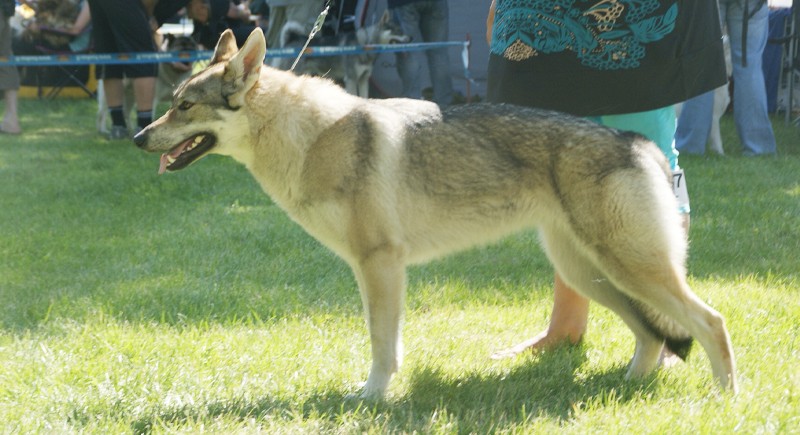
Credit: Wikimedia Commons
This breed was born out of a military breeding program in the 1950s, and it was never meant to be low-maintenance. It’s got the focus, agility, and stubborn streak that’s best managed by someone who reads training manuals and isn’t scared to apply them with discipline.
Saarloos Wolfdog
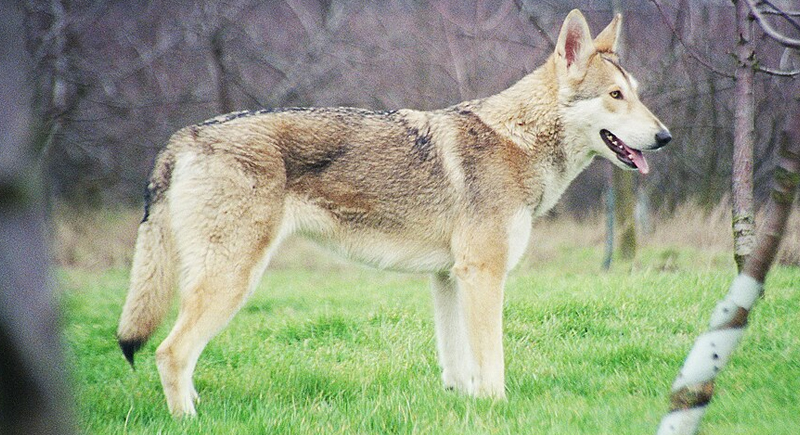
Credit: Wikimedia Commons
Dutch breeder Leendert Saarloos created this breed in the 1930s by pairing a German Shepherd with a European wolf. The Saarloos Wolfdog looks strikingly wild but acts with reserve. It prefers space, quiet, and consistency over crowded settings.
Kunming Wolfdog
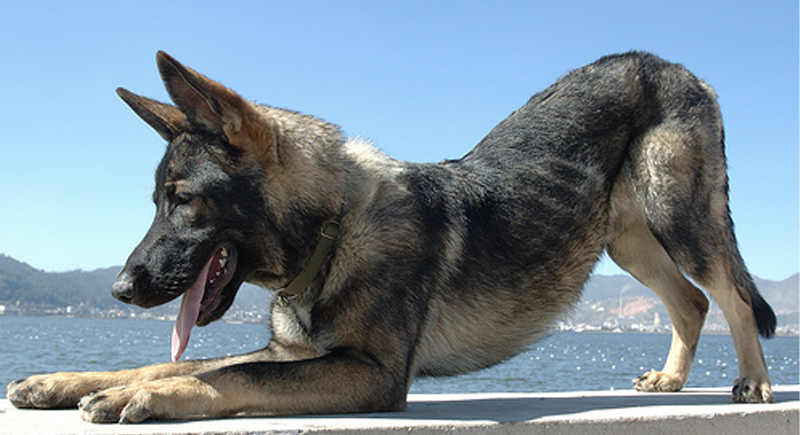
Credit: Wikimedia Commons
The Kunming Wolfdog first appeared in China during the 1950s, developed for service in the military and police. It’s not a laid-back house companion. These dogs are quick, restless, and demanding of attention. Their German Shepherd heritage shows, but with more drive and sharper edges, they need constant engagement to stay balanced.
American Shepherd Tundra Dog
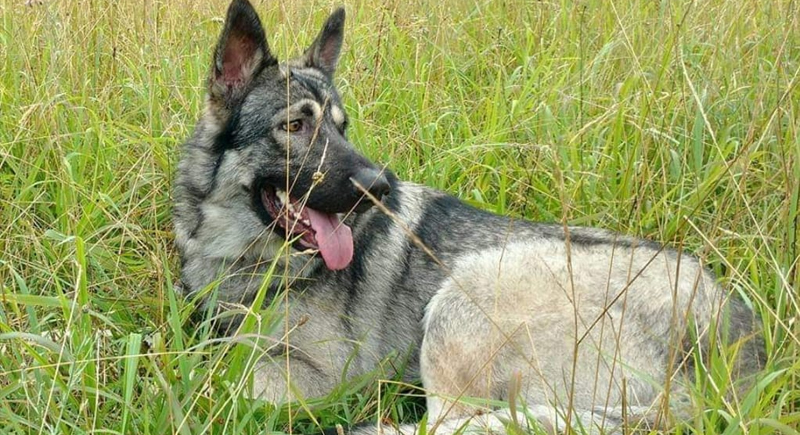
Credit: Facebook
A product of U.S. Army experimentation, this breed never became mainstream, and that’s probably for the best. It’s not bred for obedience trials or backyard fetch. It does best with someone who gets that respect and structure matter more than cuddles, and that a calm home beats a busy one.
Kugsha
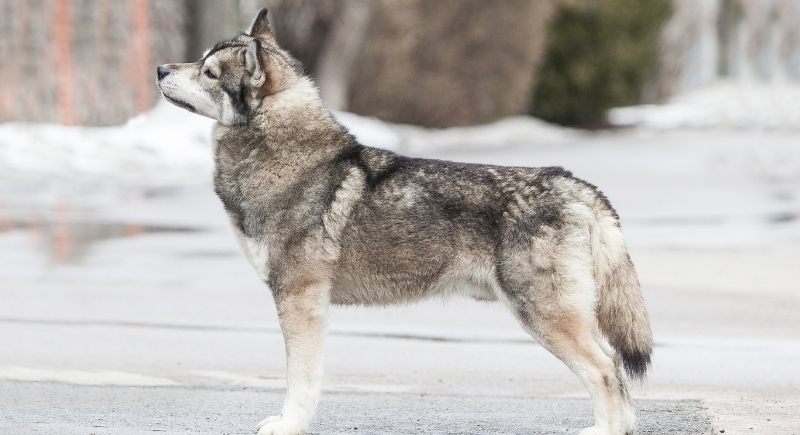
Credit: Getty Images
Think of a Husky, now add wolf genetics and an advanced sense of independence. That’s the Kugsha. These dogs were developed in Pennsylvania and are known for problem-solving skills that can either be impressive or exhausting. Kugshas require intense training and structure. Their intelligence can become a problem without consistent mental challenges.
Tamaskan Dog
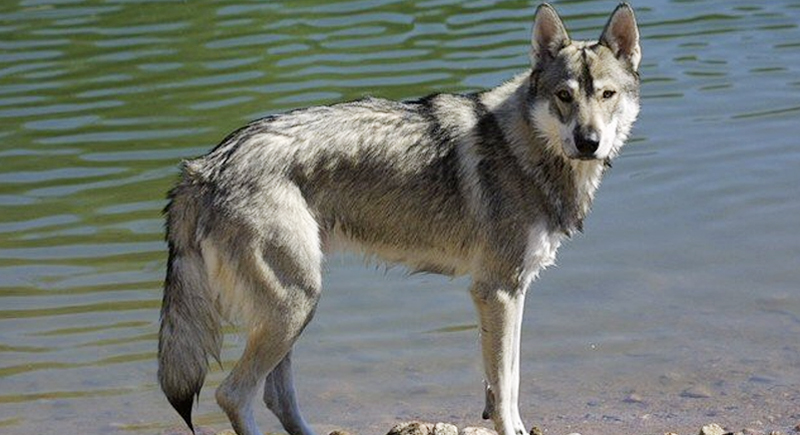
Credit: Wikimedia Commons
Though not a direct hybrid, the Tamaskan was selectively bred in Finland to resemble wolves while maintaining a manageable temperament. It shares Husky, Malamute, and Shepherd bloodlines. It’s intelligent and family-friendly, but only when its considerable energy is regularly channeled through activity and brainwork.
Northern Inuit Dog
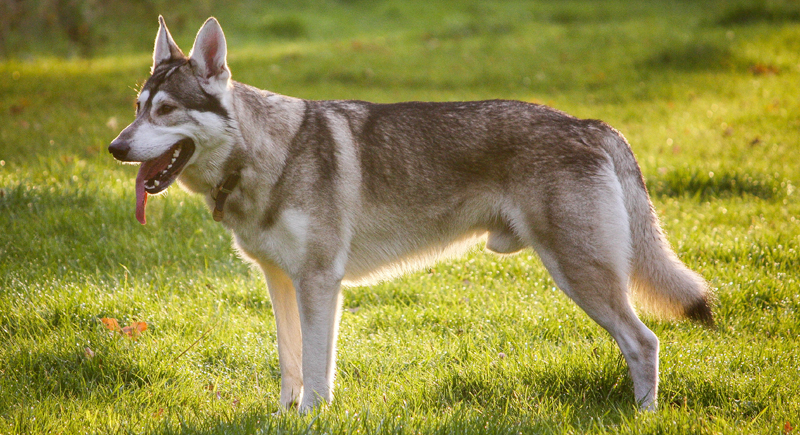
Credit: Wikimedia Commons
This breed was developed in the UK during the 1980s from German Shepherd, Malamute, and Husky lines. It carries the wolf look but not wolf ancestry. Early training helps bring out its social and cooperative side. The breed became widely recognized after appearing as the dire wolves in Game of Thrones.
German Shepherd Wolf Mix
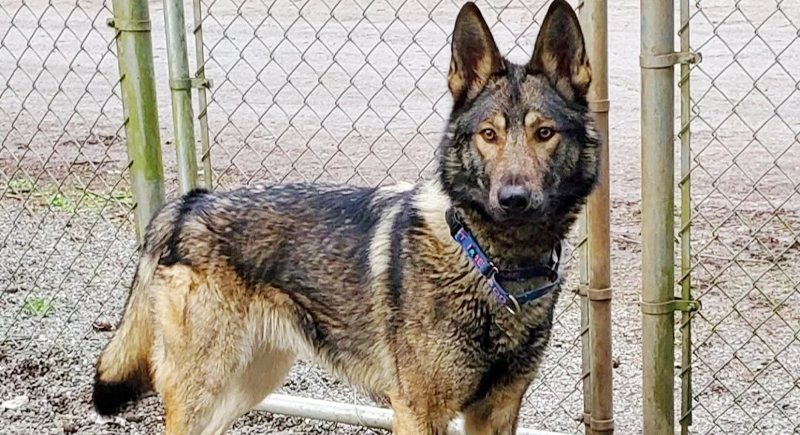
Credit: Reddit
There’s no predictable blueprint here. One mix might be affectionate and loyal, the next suspicious and aloof. But one thing that remains constant is that these dogs need owners who won’t flinch when instincts kick in. With enough early training and consistency, they can settle into domestic life, but it’s never automatic.
Greenland Dog
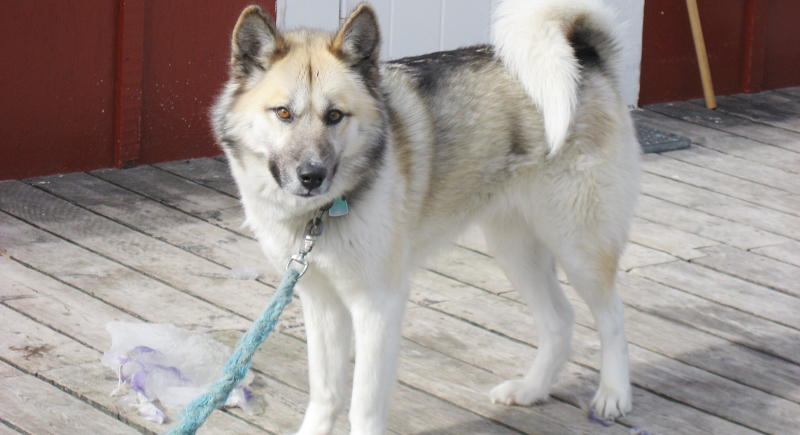
Credit: Wikimedia Commons
A powerful Arctic sled dog with wolf-like traits, the Greenland Dog has been used for centuries in extreme climates. It works best in packs, resists being left alone, and is no fan of indoor lounging. It’s not so much a pet as a partner that thrives on purpose, space, and a consistent routine.
East Siberian Laika
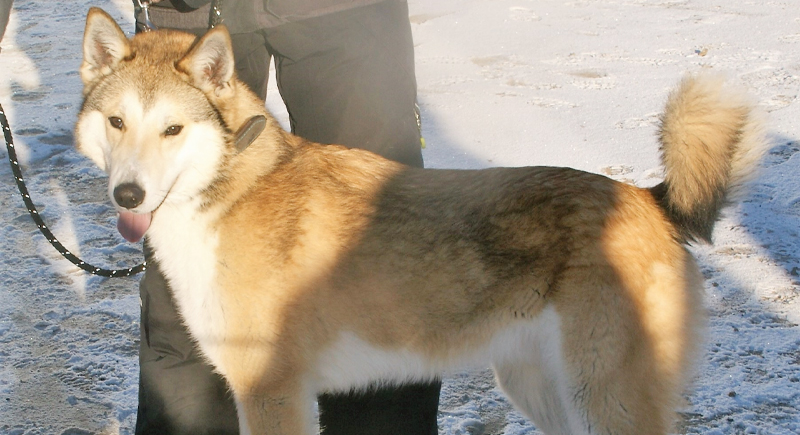
Credit: Wikimedia Commons
The main job of this breed is hunting bear and boar in the Russian wilderness. The East Siberian Laika isn’t interested in your game of fetch. It’s smart, self-reliant, and makes decisions in the field without waiting for approval. That level of autonomy doesn’t translate well to apartment life.
Volkosob
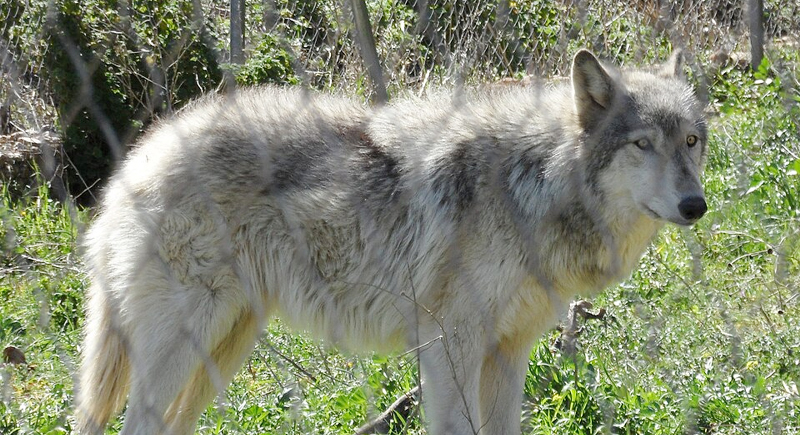
Credit: Wikimedia Commons
This one’s a security-focused hybrid developed by Russian scientists. The Volkosob doesn’t show up at dog parks or in homes, for that matter. Bred from wolves and herding dogs, it’s built for alertness and intensity. Highly trainable under strict protocols, it remains off-limits to civilian owners by design.
Lupo Italiano

Credit: Wikimedia Commons
These hybrid dogs were not just bred, but commissioned in 1966 by the Italian government for rescue missions. The Lupo Italiano is part Apennine wolf and part German Shepherd. They’re bred to be a controlled working dog, and that means they remain tightly regulated and not sold commercially. Its development reflects a balance between wolf resilience and domestic obedience.
British Lupine Dog

Credit: Facebook
British Lupines were created in recent decades to mimic the look of wolves without the behavioral chaos. They curate the perfect fine line. The dogs are bold, inquisitive, and deeply trainable, but they still need boundaries, exercise, and mental work to stay grounded. Think of them as thinking dogs in wild-looking outfits.
Wolamute
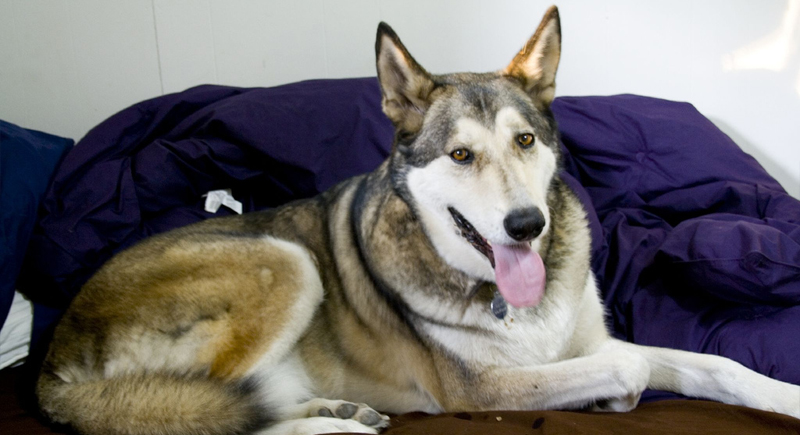
Credit: Wikimedia Commons
These dogs are a mix of Alaskan Malamute and gray wolf, and aren’t ones to follow your lead without negotiation. It’s brawny, intense, and not overly concerned with your plans for the day. It responds to calm authority and consistency, but never expects it to be eager to please. Also, their strength and independence make them a better fit for experienced hybrid owners.
Utonagan
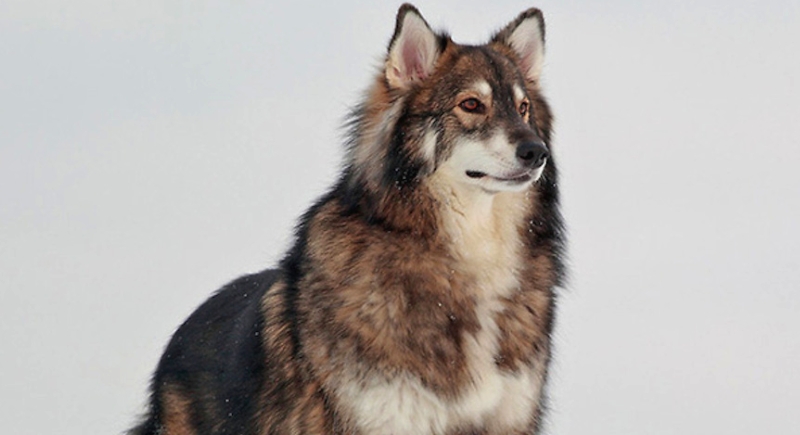
Credit: imgur
The Utonagan was bred in the UK from Husky, Malamute, and German Shepherd lines to capture a wolf-like look without wolf blood. It is affectionate with family but grows restless when left without work. Stubbornness and anxiety appear if its energy is ignored. Structure, exercise, and steady companionship keep it grounded.